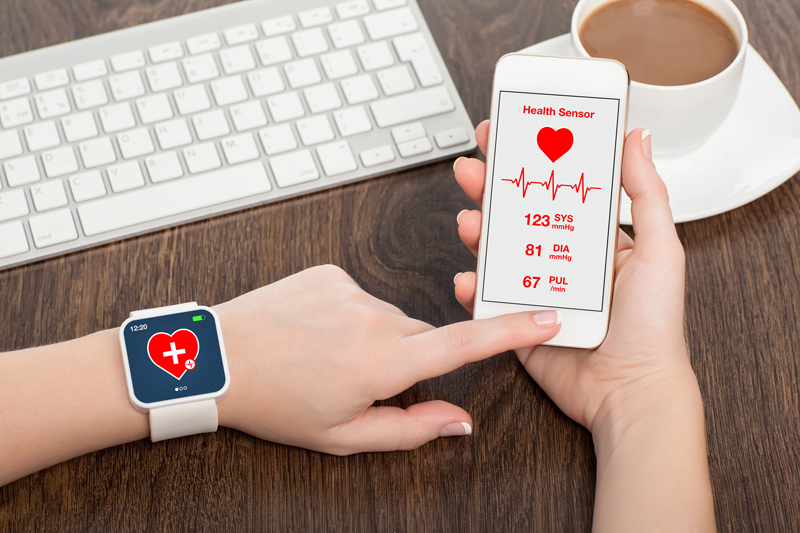Patient engagement can result in improved experiences, better healthcare outcomes, and reduced costs. EHR-integrated medical transcription services allow physicians to quickly produce medical documentation that can be accessed by patients, which improves patient engagement and satisfaction. Today, patient engagement technologies and apps are allowing patients and providers to collaborate more effectively. These online tools can improve not just satisfaction, but also access to care, care quality, and a practice’s productivity and bottom line.

Studies show that engaging patients in their care is more likely to result in better healthcare outcomes. Having access to the right tools and technology is essential for successful patient engagement. The electronic health record (EHR) system along with a patient portal allows patients access to their information anytime, anywhere. It also provides patients with comfortable and easy access to their physicians and staff. They can use the portal to view test results, discharge summaries and other personal health information, request prescription refills and referrals, schedule and cancel appointments, and access educational materials.
For online portals to work effectively, patients have to log on to the provider’s website. According to Pew Research Center, 81% of Americans owned some type of cellphone as of February 2019. With the explosive use of smartphones, mobile apps offer a simpler, personalized and more user-friendly way of communicating with patients. Mobile devices offer multiple means of communication, including: voice and video calling; text, e-mail, and multimedia messaging; and video conferencing. Properly implemented mobile apps facilitate ongoing collaboration between providers and patients and can perform the following functions:
- Improve care coordination: Mobile applications are aimed at supporting patient engagement in their care coordination. The US Agency for Healthcare Research and Quality defines care coordination as “deliberately organizing patient care activities and sharing information among all participants concerned with a patient’s care to achieve safer and more effective care”. Patient-centered care coordination puts the focus on patient preferences, needs and values as well as on increasing patient engagement and participation in their care coordination. Mobile apps allow providers to communicate outside formal health care consultations. Patients can be provided with information in a format that meets their needs. Apps allow better collaboration with patients about the diagnosis, medication and medication instructions, and the follow-up process. With an app, patients can track their medications and set up reminders so they don’t miss a dose. Such capabilities have the potential to decrease read missions and improve patient recovery.
- Monitor and improve health: Apps allow patients to measure and record their weight, blood sugar level, heartbeat, blood pressure and cholesterol. If levels increase or decrease, patients can take immediate action. Fitbit Coach and Nudge are popular apps that aim to improve a person’s health.
- Allow seamless and secure sharing of healthcare information: Smartphones and tablets help move information securely, faster and more efficiently. Such seamless sharing of data is important for providers as well as among patients and providers. For example, Practice Fusion is a cloud-based electronic health record management app that allows physicians to connect with their patients and their data all in one platform. With a telehealth component, patients can share symptoms and description of side effects via video calls, text chats and multimedia messaging. This allows them to receive timely care while avoiding the hassles of travel for an in-person consult. Physicians can use their phones to view patient reports and make quick and correct decisions in emergency cases.
- Reduce wait times: Long wait times, especially in emergency departments (ED), are frustrating for patients and may make some leave without receiving treatment or even being seen. This can have an adverse impact on patient outcomes. Apps can provide the solution. According to medcitynews.com article, a health system-branded mobile app can have a tremendous impact on patient experience and satisfaction. The functions of such an app can include:
- Providing ED wait times and a list of alternative providers
- Providing a reputable symptom checker
- Collecting patient feedback on care
- Supplying resources for patients with chronic conditions
Apps can also be used to fill out pre-admission forms, reducing lengthy waiting times.
- Provide appointment reminders: In addition to allowing patients to immediately connect with their clinicians, mobile apps allow patients to schedule appointments and get appointment reminders. DoctorConnect is a medical app that allows medical and dental practices to engage with their patients in a more controlled and streamlined way. Its features include appointment reminders, patient retention management, and waiting list management.
- Improve access to healthcare in rural areas: According to Forbes, as of 2018,85.5 million people in rural areas lacked access to proper healthcare and 4,022 rural doctors were needed to close this gap. Many mobile health apps are designed to address this problem. Those who live in rural communities can use these apps to book appointments and buy medicines online without having to travel to a hospital. For instance, Practo is an app that enables users can find medical services and solutions online. They can schedule medical appointments, order medicines, schedule diagnostic tests or even have an online consultation.
By helping people exercise more control over their medical decisions, receive faster care and answers, and save costs, medical apps have a bright future. Medical transcription outsourcing companies help healthcare providers maintain up-to-date and accurate medical records. However, as medical apps are prone to potential hacking and personal privacy issues, manufacturers need to ensure that data is encrypted before it is sent out.


